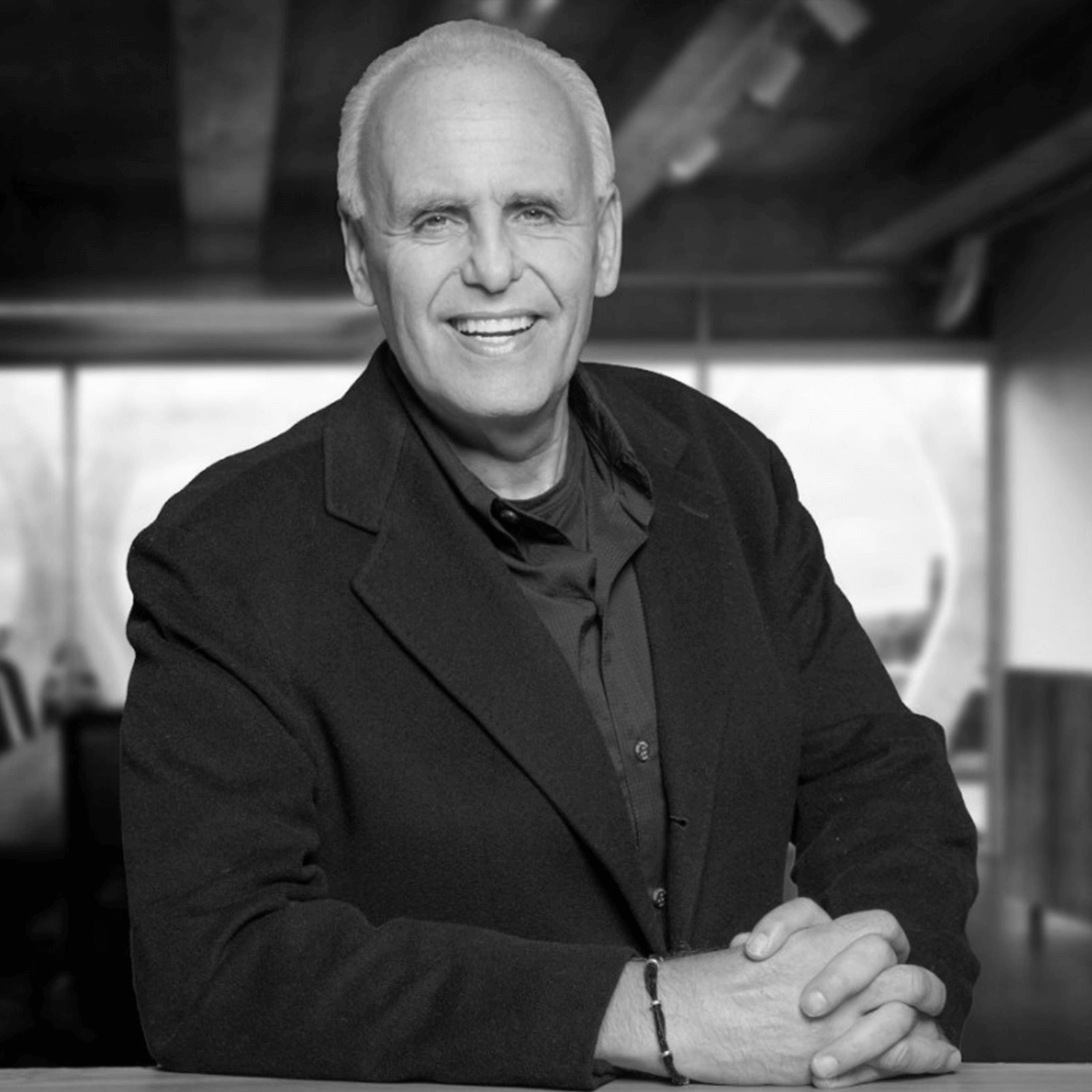
The corporate world is entering one of the fastest executive hiring shifts in decades. Across industries, from Nike and Walmart to Unilever and Ralph Lauren, companies are now competing aggressively to bring in a Chief AI Officer (CAIO). This is about building leadership capacity to integrate AI across every layer of the business, from operations and product to marketing and customer experience. What appears to be a temporary rush today represents the early stages of a new corporate standard.
The Historical Pattern
We have seen this cycle before. Thirty years ago, companies faced the same debate around the role of Chief Technology Officer (CTO). At that time, CTOs were considered necessary only for technology-focused businesses. Banks, retailers, consumer goods producers, and logistics firms argued that they did not need such a position. The perception was simple: why would a bank, a food distributor, or an athletic apparel company require a C-level executive dedicated to technology?
The perception changed once early adopters demonstrated the value. When Merrill Lynch in financial services and Progressive in consumer goods showed how technology could drive efficiency, scale operations, and create new growth opportunities, the corporate world took notice. Technology became a driver of value rather than a support function. Once Wall Street embraced the idea, adoption spread across industries. Within a few years the CTO role moved from experimental to essential. Today every Fortune 500 company includes a CTO as part of its leadership team.
The AI Acceleration
The same pattern is unfolding with AI. Unlike the slower adoption of technology in the 1990s, the adoption of AI is accelerating because companies already understand the consequences of waiting. Leadership teams know that delaying investment in AI leadership means falling behind competitors in the next business cycle. Even companies far outside the traditional AI ecosystem, such as JPMorgan in financial services and Newell in consumer products, are now investing hundreds of millions of dollars to gain an advantage.
They are taking deliberate actions:
- Hiring Chief AI Officers with responsibility to drive enterprise-wide AI strategy
- Creating dedicated AI labs to build, test, and scale use cases that improve performance
- Positioning themselves as AI-native to attract investors, customers, and top technical talent
This represents more than a short-term experiment. It shows that AI has become a foundation for competitiveness across all industries. Companies that invest early are signaling to the market that they will lead on speed, customer insight, and efficiency.
From Hype to Standard to Business as Usual
The adoption of new executive roles follows a clear pattern. AI is now moving through that sequence.
- Hype – A few pioneers create the position and the market views it as bold and untested. Others observe and wait.
- Standard – Proof points accumulate and the role begins to spread across industries. At this stage a CAIO becomes an expected element of a modern executive team. Investors and analysts begin to demand it.
- Business as usual – AI becomes integrated into every workflow. It is no longer seen as extraordinary but rather as an invisible layer that supports efficiency and productivity.
When the third stage arrives, JPMorgan will still operate as a bank and Newell will still sell Sharpies. The difference is that they will work with greater speed, intelligence, and operational efficiency. At that stage AI will function as an essential but silent driver of growth, just as technology does today.
Why the Chief AI Officer Matters
The Chief AI Officer represents more than a symbolic hire. The role brings executive authority to align AI strategy with corporate objectives. Without that alignment, AI projects risk becoming fragmented and underfunded. With a CAIO in place, AI becomes an enterprise-wide capability.
Organizations that prioritize this role gain several advantages:
- Integration of AI into revenue-driving functions such as product design, marketing, supply chain, and customer service
- Creation of governance frameworks that balance speed of innovation with compliance, regulation, and ethical responsibility
- Ability to attract and retain top AI engineers and scientists who want to work where leadership demonstrates serious commitment
In many cases the CAIO role interacts with broader leadership teams. It operates in close partnership with go-to-market leaders, Chief Product and Technology Officers (CPTOs), and Chief Revenue Officers (CROs). This ensures that AI is tied to engineering excellence, market expansion, and revenue growth rather than isolated technical initiatives.
The New Talent Race
The global race for AI leadership explains the rapid growth of the AI executive search market. Boards and CEOs view senior AI hires as central to corporate strategy. The questions they are asking reflect the urgency:
- Which are the best AI talent acquisition firms capable of identifying proven CAIO candidates
- What are the best CRO recruiting firms and top CRO recruitment agencies with expertise in roles that combine AI and commercial impact
- How should companies evaluate AI search firm pricing when competing for scarce executive talent
- What are the top cyber talent agencies that can bridge AI, data, and security leadership
These conversations now take place at board level. The organizations that act early will secure the rare executives who can define their next decade of growth. The companies that delay will eventually have to join the race at higher cost and with limited access to the very best leaders.

